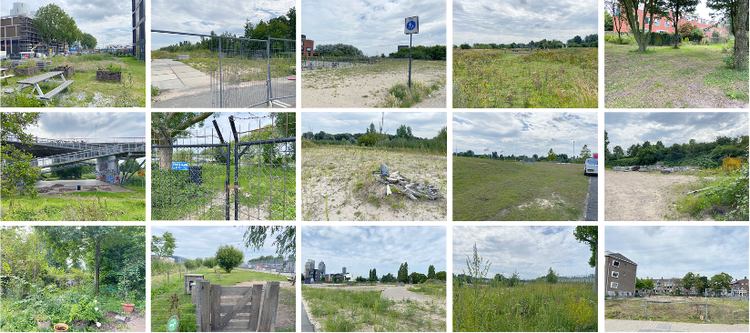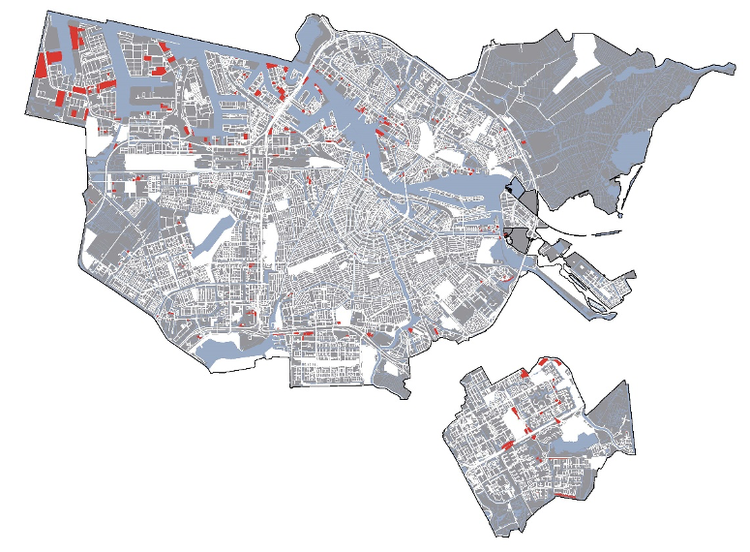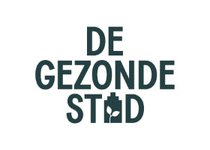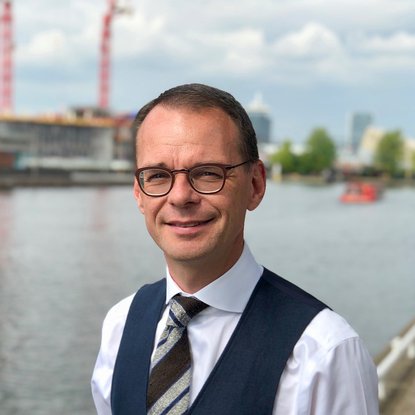In the condensed urban area, a challenge in the management of urban green infrastructure is to enhance multi-functionality and diverse ecosystem services of green spaces. Informal green spaces (IGS), including vacant lots, urban brownfields, overgrown street verges, etc., should be considered as complementary green spaces in the city. However, there is a lack of awareness and readily-applied design guidelines for urban design practitioners to engage the potentials of IGS. This research develops design knowledge for integrating multiple ecosystem services of small and interstitial informal green spaces (IGS) in the condensed urban area. The new design knowledge delivered in this research allows urban design practitioners to increase the benefits of IGS for local residents especially in urban areas lacking in well-functioning parks and formal greenspaces.

Figure 1: Examples of IGS found during the preliminary fieldwork. IGS mostly appeared as interstitial gaps, previous industrial-related sites, or piecemeal leftover spaces in the under-development terrain. Copyright: Sitong Luo (2022).
In recent decades, processes of rapid urbanization have led to competitive land-use in modern cities and consequently raised issues on green space provisioning. Urban green spaces play a crucial role in offering different types of ecosystem services for urban environmental quality and livability. Alongside formal urban green spaces such as parks and gardens, researchers have exposed that informal urban green spaces (IGS) also provide significant physiological, environmental, and social benefits. IGS are not formally recognized and managed as productive and functional green spaces, commonly appearing as overgrown lots, abandoned post-industrial sites, or linear residual green spaces next to railways and highways. Due to the condition that the space is no longer regulated and maintained, IGS host wild flora and fauna, and may offer citizens nearby outdoor spaces for spontaneous social activities. The informality of IGS means these spaces may accommodate some opportunities that formally designed urban green spaces may fail to provide (Fig.01).
“When everyday life takes place digitally, encountering spontaneous nature becomes even more indispensable for the well-being of citizens.”
Sitong Luo
Former Research Fellow at AMS Institute

A wide range of ecosystem services has been identified in IGS, including habitat provisioning services that are especially for wild flora and fauna in the city, microclimate regulation services include urban cooling, stormwater management and reducing air pollution, and cultural services such as recreation and physical and mental health benefits. In view of the potential benefits of IGS, an increasing number of recent academic studies discussed the role of design in improving the ecosystem service in IGS. For instance, design can facilitate temporary social activities in IGS such as community agricultural gardens, or it can improve the ecological conditions of the site for sensitive species in the city.
In this research we focus on small and interstitial IGS in the condensed urban area. The outstanding potential of small-scale IGS lies in their widespread presence and therefore being proximity to citizens’ everyday living environment. Small-scale IGS can offer residents close-by outdoor public spaces especially in neighborhoods where public green spaces are relatively absent. In other cases, small-scale IGS contribute to the overall connectivity of the urban ecological networks, allowing for the migration and genetic exchange of wild species. In response to these potentials, an important design task would be to enhance multiple ecosystem services of IGS, making IGS simultaneously benefit both the urban environment, citizens, and non-human species in the city.

Figure 2: Preliminary mapping of IGS in Amsterdam: in total there are 286 pieces of IGS found in the city. IGS appear mostly in post-war neighborhood Bijlmer, previous industrial neighborhood Amsterdam-Noord and current industrial area Westpoort. Copyright: Sitong Luo (2022).
The aim of this research project is to develop new design knowledge for integrating multiple ecosystem services in small-scale IGS. The design knowledge will inform urban practitioners of the IGS’s vital benefits that tend to be overlooked. Further, the design guidelines are readily available to practitioners, helping to bridge the gap between ecosystem service knowledge and spatial design interventions.
The city of Amsterdam is selected as the case study area due to that the city is currently facing increasing environmental issues and the competitive land use in the city has led to challenges of urban green space provisioning. Mixed-method “Research Through Design” is applied to develop design knowledge, based on iterative design and assessment sessions in representative IGS living labs. The expected research outcomes include 1) the mapping inventory of IGS in the city of Amsterdam; 2) final design prototypes for each IGS case; 3) a set of readily-applied spatial design guidelines for enhancing multiple ecosystem services of IGS.
Project leaders
- Prof. dr. Dipl.Ing. MA (AA) Sanda Lenzholzer, Wageningen University, department of Environmental Sciences, chair group Landscape Architecture | e-mail
- dr. ir. Agnès Patuano Wageningen University, department of Environmental Sciences, chair group Landscape Architecture | e-mail
| Duration: |
|
| Related Information: |
Principal Investigators
Project members

Sitong Luo
AMS Institute, Wageningen University & ResearchPartners






